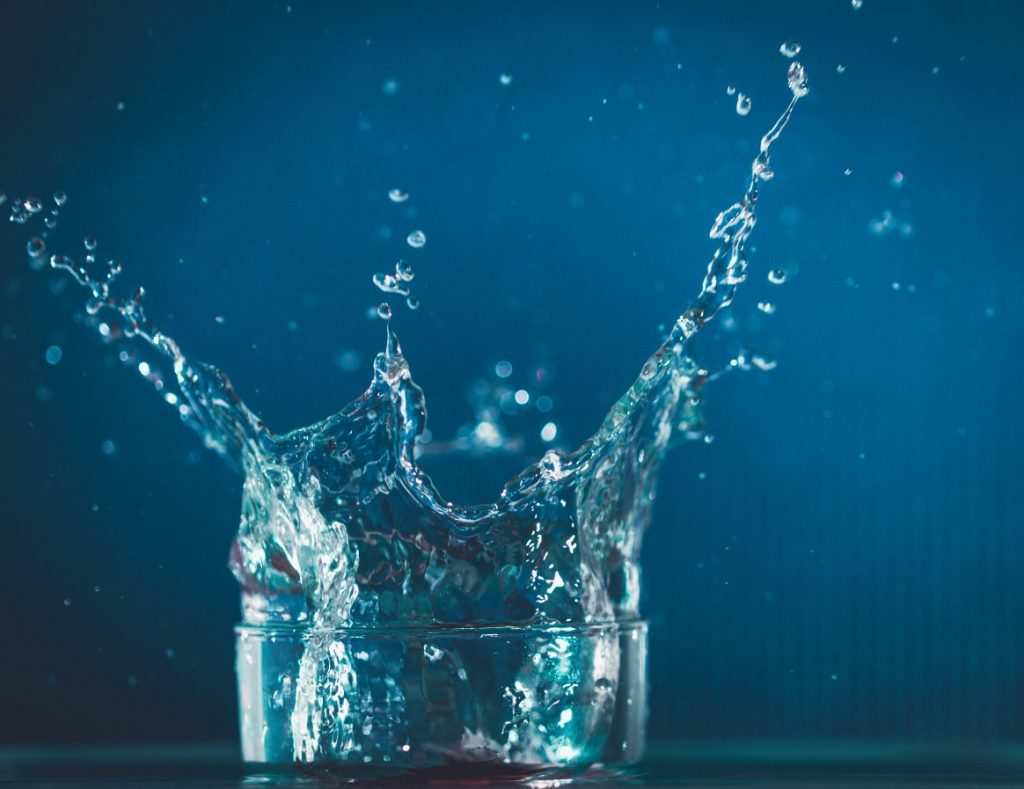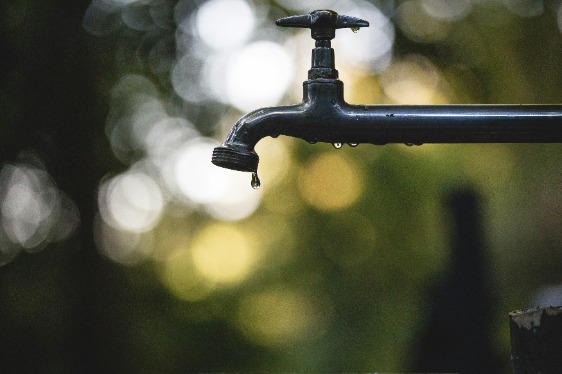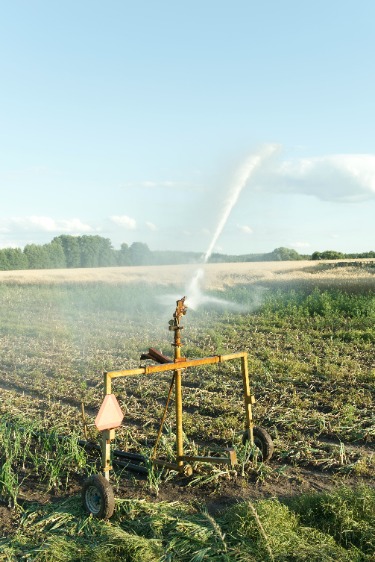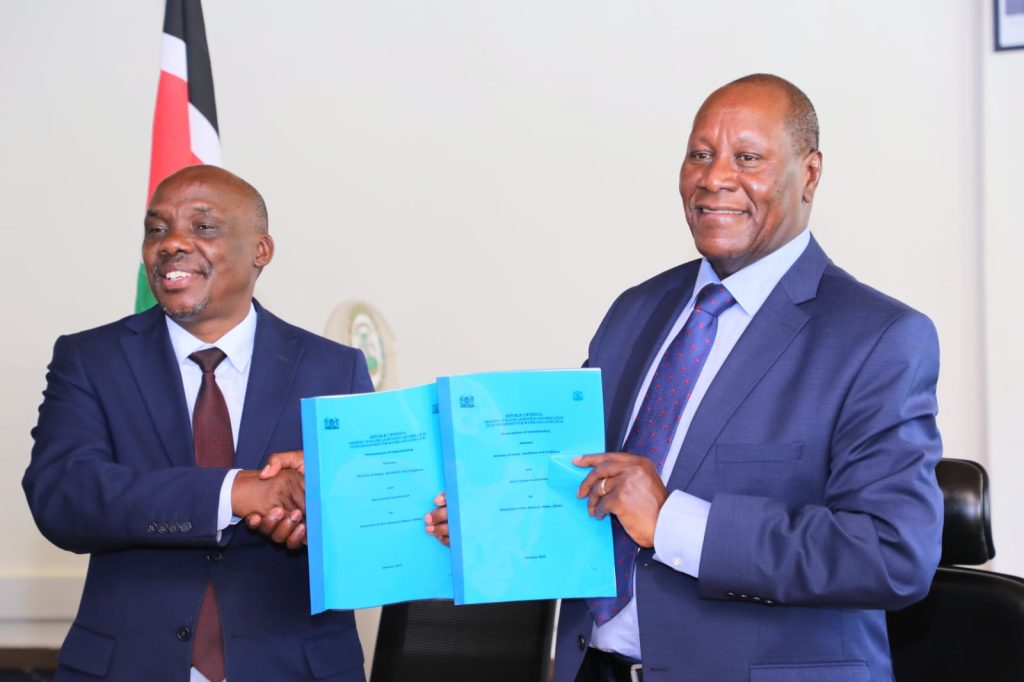This ministry strives to facilitate development and access to safe and clean water for both domestic and irrigated agriculture.




To facilitate and enable development of effective and efficient water and irrigation solutions as a medium for economic and social transformation in Kitui County.
A county with sustainable safe, affordable and adequate water for domestic use and irrigated agriculture


To increase access to secure and reliable supply of water for domestic use, irrigated agriculture, sanitation and for achieving food security.
To ensure sustainable water supply and irrigation schemes across the County.

The borehole drilling program aimed to equip 90 boreholes but only achieved 39, due to delays and funding issues.
The borehole rehabilitation program aimed to fix 360 but only managed 46 due to delays from Kenya Power.
The sub-program aimed to construct 5 dams, but only 2 dams were constructed due to insufficient funds. Construction of medium dams aimed to construct 40 medium earth dams but only 11 were constructed due to unavailability of water catchment areas and community land issues.
Achieved 46 out of 80 of planned constructions, providing new water sources for local communities despite resource limitations. While overall household access reached 42%, the program is actively addressing water quality issues in boreholes, rivers, and earth dams to reach the 60% target.
Achieved a high completion rate of 145 out of 160 sand dams despite funding limitations, increasing water access in local areas. While the program aimed for a 3 km target, the overall distance to water points was reduced to 5 km, bringing water closer to communities.
This aims to enhance continuous safe water access in Kitui and Mwingi towns through supporting water service providers. So far it has achieved 42% household access despite rapid urbanization, demonstrating positive impact.
The program was able to reduce the average distance to water points, reaching 5 km from the initial target of 3 km. Efforts are underway in Kanyongonyo, Kiseuni, Mwaani, and Kamutei to further reduce this distance and ensure convenient water access for all residents.
Lastly, The Feasibility Studies project produced 261 designs, exceeding the end-term target of 250. However, the project experienced a slowdown due to slow uptake of projects, which may have impacted the efficiency of the project. Overall, the project has been successful in producing accurate designs for water projects.
Get the latest County news, articles, and resources, sent straight to your email every month.